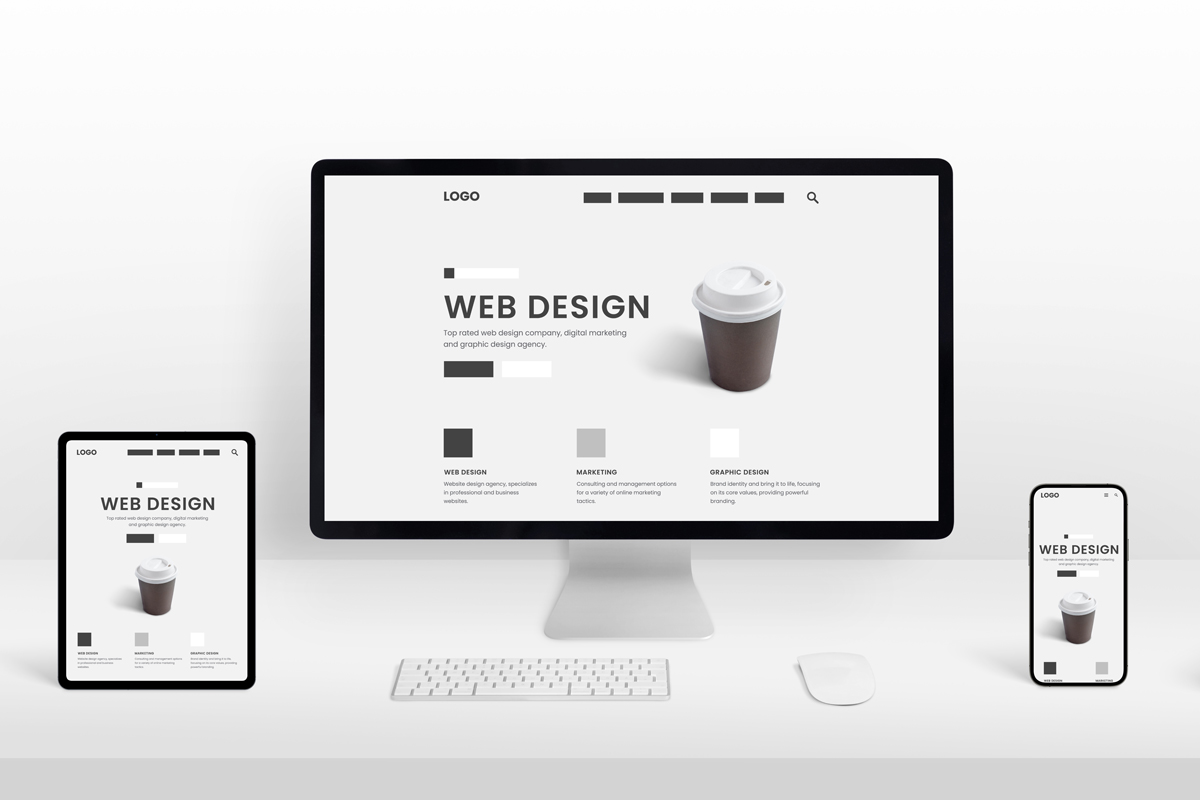Pulse of Information
Your source for the latest insights and updates.
Less is More: Embracing Minimalist Web Design
Discover the power of simplicity! Unlock the secrets of minimalist web design and transform your website into a clean, user-friendly experience.
The Principles of Minimalist Web Design: A Comprehensive Guide
The Principles of Minimalist Web Design emphasize simplicity, functionality, and clarity. At its core, minimalist web design strips away unnecessary elements to highlight content and create a seamless user experience. This approach relies on the use of ample white space, limited color palettes, and clean typography. By focusing on the essentials, designers can enhance usability and guide visitors’ attention toward key information, ultimately improving engagement and conversion rates.
Incorporating minimalist design principles requires a deep understanding of user behavior and preferences. Here are some key elements to consider:
- Consistent Layout: Use a grid system to maintain alignment and balance in your design.
- Effective Use of Color: Choose a limited color palette to create harmony and reduce visual clutter.
- Typography: Select few fonts that enhance readability and reflect your brand identity.
By adhering to these principles, not only does the website become visually appealing, but it also fosters a more intuitive navigation experience.

How to Achieve a Clutter-Free Website: Essential Tips
Creating a clutter-free website is essential for improving user experience and enhancing your site's SEO performance. A clean layout not only makes navigation easier for your visitors but also helps search engines crawl your site more efficiently. Start by evaluating your current design and identify any unnecessary elements that could be distracting. Here are some key tips:
- Simplify your navigation by limiting the number of menu items and using clear labeling.
- Use ample white space to separate different sections, making content easier to read.
- Minimize the use of various fonts and colors to maintain a cohesive look throughout the website.
Another important aspect of achieving a clutter-free website is to prioritize the content that truly matters. Focus on providing value to your visitors by highlighting your most significant information and eliminating any non-essential content. Consider these strategies:
- Conduct a content audit to identify outdated or redundant material.
- Utilize headings and subheadings effectively to break up long blocks of text.
- Implement a search feature so that users can easily find what they are looking for without sifting through unnecessary clutter.
Why Less is More: The Benefits of Embracing Minimalism in Web Design
In the fast-paced digital world, adopting a minimalist approach to web design can significantly enhance user experience. A minimalist design prioritizes essential elements, making it easier for visitors to navigate your website without distraction. By reducing clutter, users can quickly find the information they need, thereby decreasing bounce rates and increasing engagement. This streamlined aesthetic not only boosts usability but also facilitates a clearer brand message, as less is more allows the core values of your business to shine through.
Moreover, embracing minimalism in web design offers numerous benefits that extend beyond aesthetics. A simplified interface improves loading speed, which is crucial for retaining visitors and achieving higher search engine rankings. Additionally, minimalism fosters greater accessibility for all users, including those with disabilities, ensuring that your website is inclusive. Ultimately, this approach aligns with modern design principles and user expectations, proving that a thoughtful reduction in design can lead to a more impactful and memorable online presence.